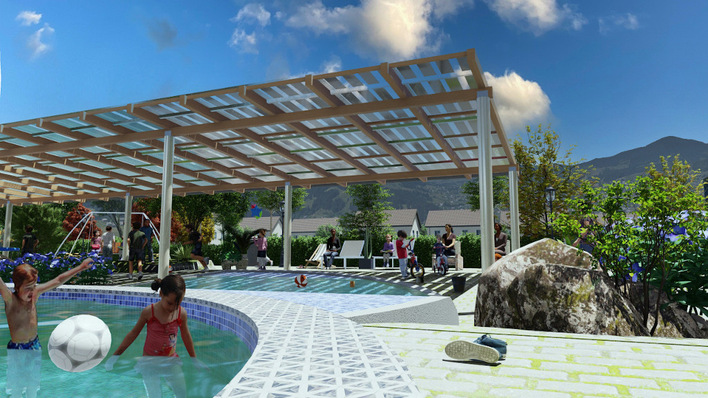“Our talks with customers at the fair have confirmed what we have been observing for several months now in Europe, but also in our international markets: The trend is towards large projects,” Schletter CEO Florian Roos said. Project developers and investors are increasingly focused on economies of scale and more interested than ever in achieving maximum yields. “Given the right kind of planning, PV systems can already be competitive and profitable without any subsidies,” Roos emphasized. “We see now that our targeted development focus on yield optimization was the right approach.”
Higher yield – quick installation
At this year’s Intersolar, the Schletter Group presented its 2018 tracking system which has been sold in Europe, Africa and Australia in a new version that is optimized for bifacial modules. Tracking systems already create more yield than fixed mounting solutions. By using bifacial modules, the electricity yield can be improved by another 10 percent compared to tracking systems with conventional modules. As the upper assembly group with the drive unit is delivered pre-assembled, the tracker can be installed almost as quickly as a fixed installation.

Fewer fastening points for installation
In the rooftop segment, Schletter likewise focuses on efficiency improvements – by saving material and installation time: With the new roof hook, presented at the fair, which is made from high-strength S700MC steel, systems mounted on tile-covered slanting roofs need fewer fastening points per kilowatt output. On commercial buildings with flat roofs, pre-assembled systems with pre-fabricated modules such as the FixGrid18 reduce planning and installation expenses. (HCN)
Stay informed, get our free newsletter twice a week. Register here







